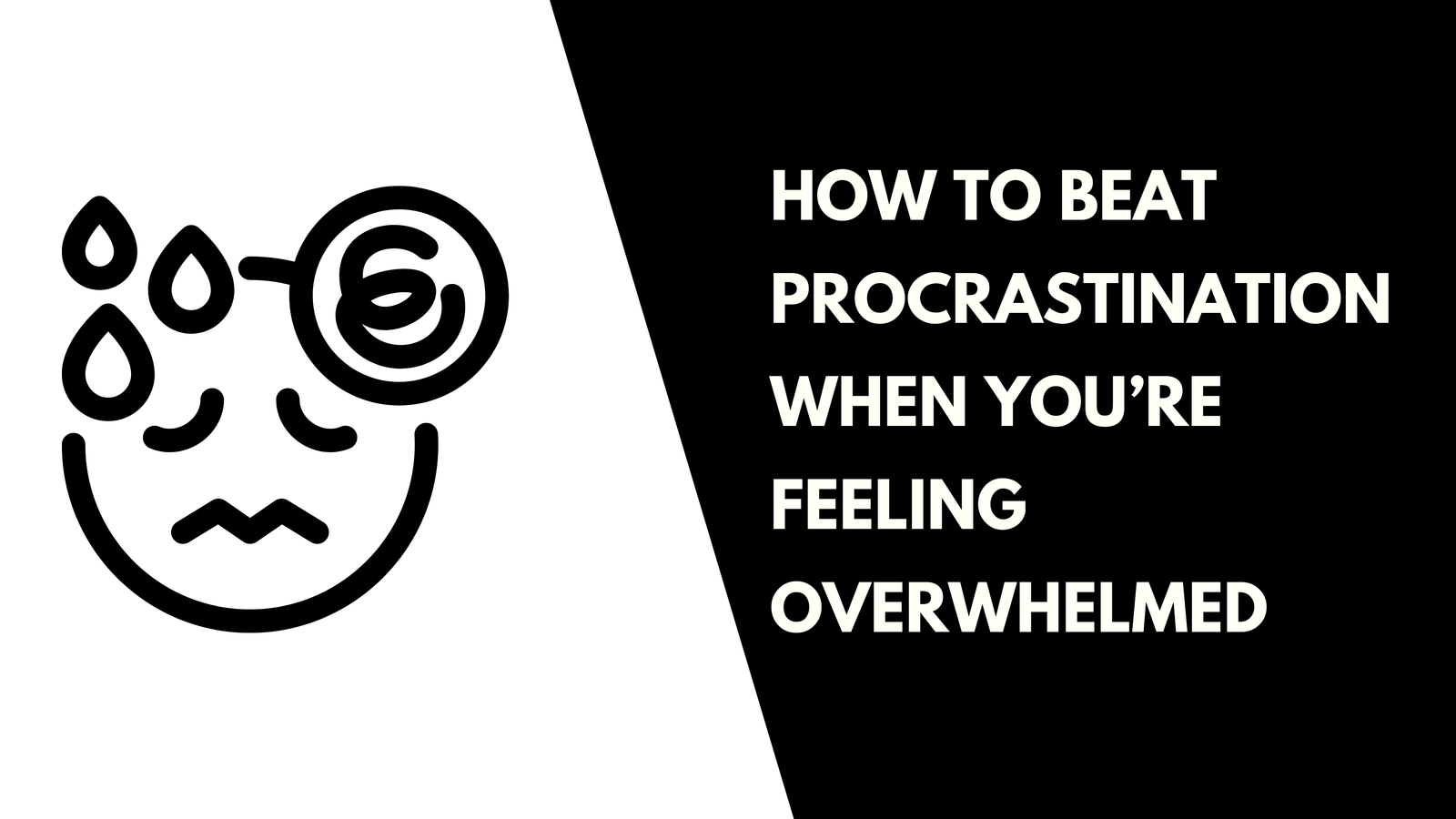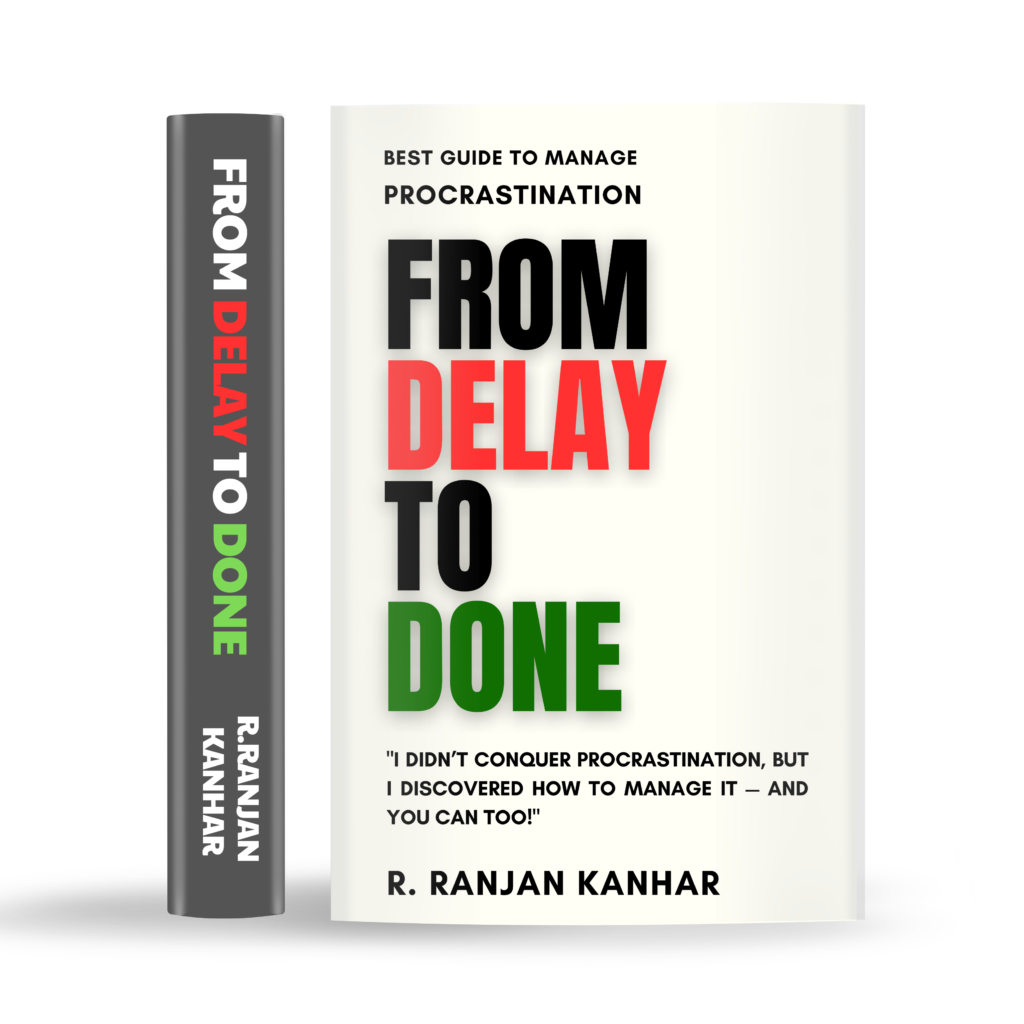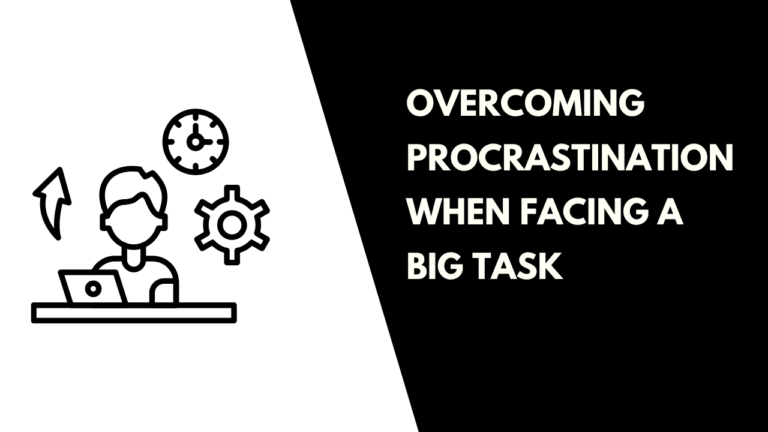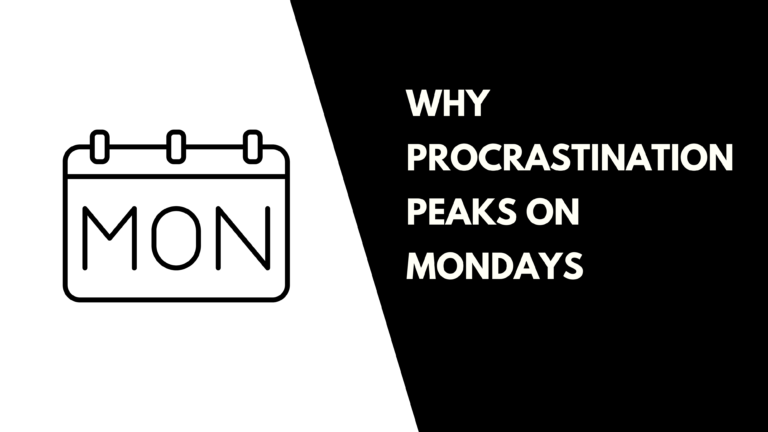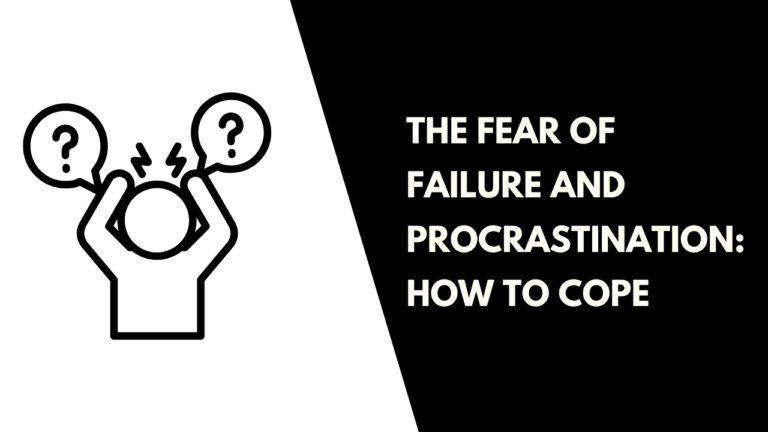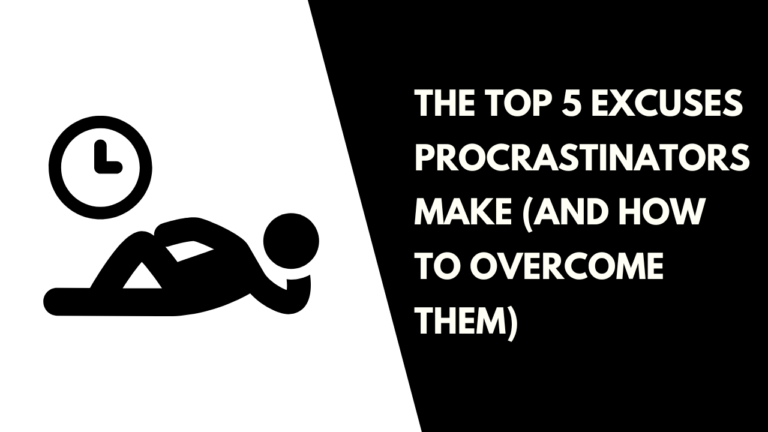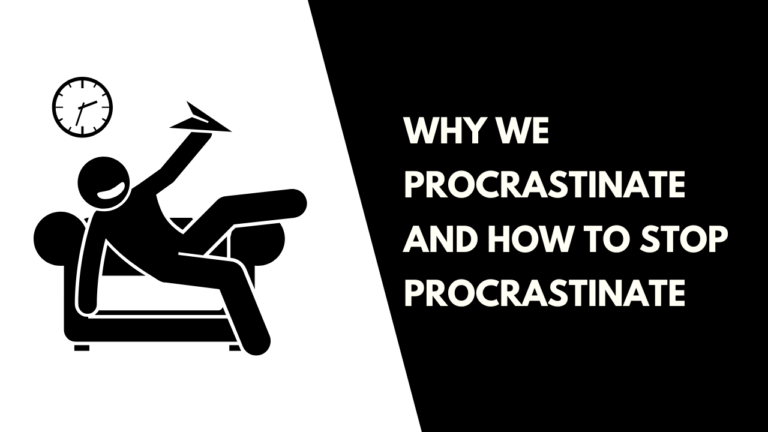How to Beat Procrastination When You’re Feeling Overwhelmed
How to Beat Procrastination When You’re Feeling Overwhelmed
Have you ever felt so overwhelmed by a task that you kept putting it off, even when you knew it was important? You’re not alone. Procrastination often creeps in when we feel burdened with too much to do, don’t know where to start, or fear failure. The more we delay, the more the pressure builds, and before we know it, we’re stuck in a vicious cycle of stress and avoidance.
Table of Contents
ToggleBut here’s the good news: Managing procrastination is possible, even when you’re overwhelmed. In this guide, we’ll explore practical ways to stop procrastinating, break down big tasks, and regain control of your productivity.
Why Overwhelm Leads to Procrastination
Before diving into solutions, let’s understand why we procrastinate when overwhelmed:
- Fear of Failure: The pressure to get things perfect can make us delay starting.
- Decision Fatigue: Too many choices can make it hard to decide where to begin.
- Lack of Clarity: When a task feels too complex, we tend to push it aside.
- Mental Exhaustion: A tired brain prefers distractions over deep work.
- Perceived Lack of Time: When we think we don’t have enough time, we avoid starting altogether.
Step 1: Reframe the Way You See the Task
Instead of seeing a project as a giant mountain to climb, break it down into smaller, manageable hills.
🔹 Example: Imagine you need to write a 10-page report for work. Instead of panicking, tell yourself:
✅ “I’ll just outline the main points today.”
✅ “Tomorrow, I’ll write the introduction.”
✅ “One section at a time, and I’ll be done.”
By shifting your mindset, you stop procrastinating and start making progress.
Step 2: Do a Brain Dump to Clear Mental Clutter
When your mind feels cluttered with too many to-dos, try a brain dump. Write down everything that’s on your mind—tasks, worries, or deadlines—on paper or a digital note.
🔹 Example: Suppose you have five major deadlines at work. Instead of letting anxiety build, list them all and assign priorities. This method helps you visually see what needs to be done and prevents mental overload.
✅ Action Tip: After your brain dump, categorize tasks into:
- Urgent & Important – Do them first.
- Important but Not Urgent – Schedule them.
- Not Important but Urgent – Delegate if possible.
- Neither Important nor Urgent – Eliminate or postpone.
This method, inspired by the Eisenhower Matrix, helps in managing procrastination effectively.
Step 3: The Two-Minute Rule to Stop Procrastinating Instantly
If a task takes less than two minutes, do it immediately. This eliminates small tasks that pile up and create unnecessary stress.
🔹 Example:
✅ Replying to a quick email.
✅ Placing your clothes in the laundry.
✅ Setting up a meeting reminder.
By handling small tasks immediately, you reduce the feeling of being overwhelmed and create momentum.
Step 4: Set a Timer and Work in Small Bursts
When a task feels daunting, commit to just five minutes of focused work. Often, once you start, you’ll naturally continue.
🔹 Example: If you’ve been avoiding studying for an exam, set a timer for 10 minutes and review just one chapter. By removing the pressure of “studying for hours,” you trick your brain into starting.
✅ Action Tip: Try the Pomodoro Technique:
- Work for 25 minutes, then take a 5-minute break.
- Repeat this cycle four times, then take a longer break.
This strategy makes large tasks feel less intimidating and helps you stop procrastinating effectively.
Step 5: Use the “Eat That Frog” Method
Inspired by Brian Tracy’s book Eat That Frog, this method suggests doing the hardest task first.
🔹 Example: If writing a report feels overwhelming, start your day by working on it for just 30 minutes before checking emails or social media. This eliminates procrastination and builds momentum for the rest of the day.
✅ Action Tip: Each morning, identify your biggest, most important task and tackle it first!
Step 6: Reduce Distractions and Set Boundaries
Distractions are a major reason why we delay tasks. Social media, notifications, and interruptions can derail focus.
🔹 Example: If your phone distracts you while working, put it on Do Not Disturb mode or leave it in another room.
✅ Action Tip: Use website blockers like Freedom or Cold Turkey to prevent time-wasting sites from stealing your focus.
Step 7: Reward Yourself for Progress
Our brains crave rewards. Celebrate small wins to stay motivated.
🔹 Example: If you complete your work on time, treat yourself to a coffee break, a short walk, or an episode of your favorite show.
✅ Action Tip: Set up a reward system where every completed task earns you a small prize. This conditions your brain to stop procrastinating and stay motivated.
Step 8: Find an Accountability Partner
Having someone check in on your progress makes you more likely to follow through.
🔹 Example: If you’re struggling to exercise, find a gym buddy who expects you to show up. The social commitment helps you stop procrastinating.
✅ Action Tip: Join an accountability group or tell a friend your goals to stay on track.
Step 9: Be Kind to Yourself and Learn from Setbacks
Sometimes, despite our best efforts, we procrastinate. Instead of beating yourself up, ask:
✅ “What triggered my procrastination?”
✅ “How can I improve next time?”
🔹 Example: If you avoided working on a project because it felt too big, next time, break it into smaller steps earlier.
Self-compassion helps you bounce back faster and maintain long-term progress in managing procrastination.
Conclusion: Take Action Now!
Overwhelm often leads to procrastination, but by using these strategies, you can break free from the cycle:
✔ Reframe tasks to make them manageable.
✔ Clear mental clutter with a brain dump.
✔ Use the Two-Minute Rule to tackle small tasks.
✔ Work in short bursts to build momentum.
✔ Tackle the hardest task first to gain confidence.
✔ Minimize distractions and create a focused work environment.
✔ Reward yourself to stay motivated.
✔ Find an accountability partner for added support.
✔ Learn from setbacks and keep moving forward.
The key to beating procrastination is taking small, consistent actions. Start today—pick one strategy from this list and apply it right now! 🚀
Which technique will you try first? Let me know in the comments!
“Stop postponing your dreams! From Delay to Done is your ultimate guide to conquering procrastination. Grab your copy today on Amazon!
